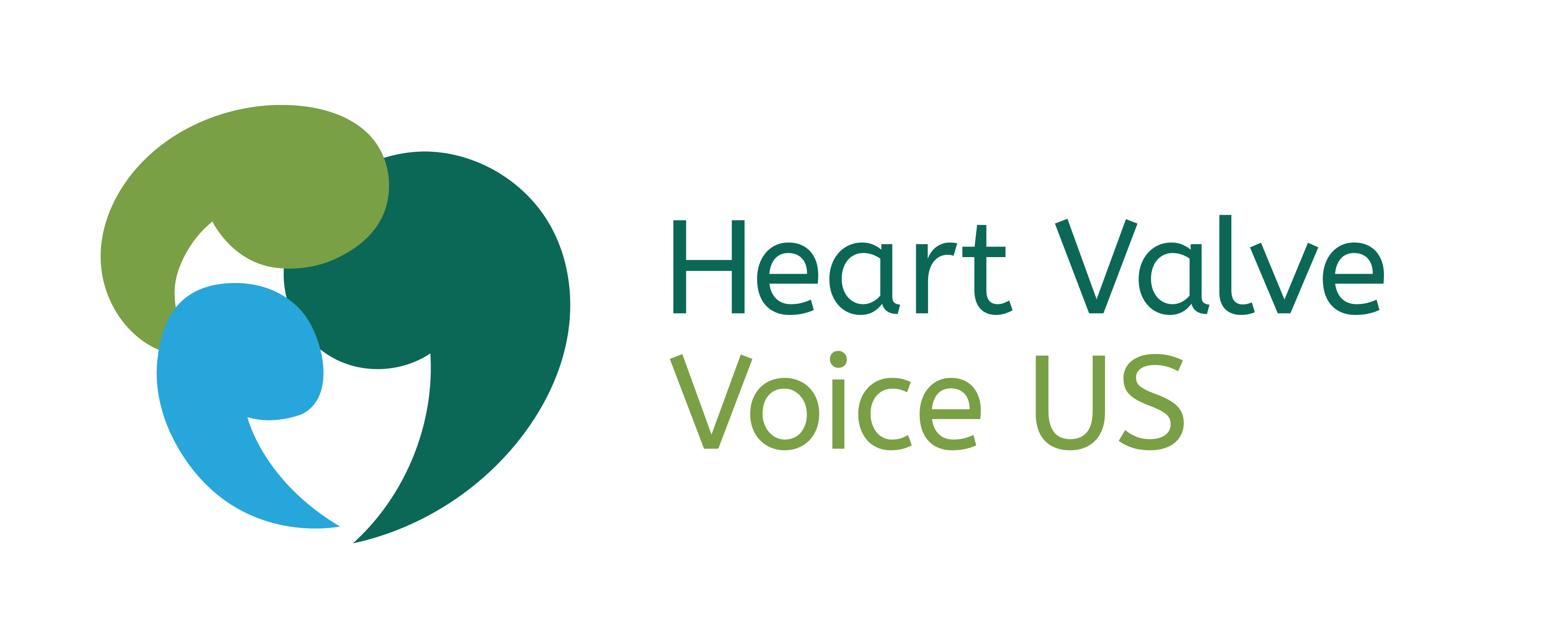New study finds that elderly patients would tolerate substantially more risk of death, stroke, and other negative clinical outcomes if a procedure allows them to regain their independence more quickly.
Research published in the open-source journal F1000Research aimed to uncover which clinical outcomes patients consider most important when it comes to decision-making for heart disease treatment options. The research team, led by Kevin Marsh with the consulting firm Evidera, used sophisticated quantitative benefit-risk tradeoff techniques to elicit patients’ priorities and measure their thresholds for acceptability of a number of potential outcomes in the treatment of Severe Aortic Stenosis (AS). Ninety-three patients with aortic stenosis (self-reported) compared 14 different attributes of two alternative valve treatments for aortic stenosis (AS): surgical aortic valve replacement (SAVR) and transcatheter aortic valve replacement (TAVR).
The study used hypothetical risk levels to gauge patients’ highest levels of risk tolerance. Notably, the current levels of risk for both alternatives are much lower, with a recent study indicating that TAVR can perform significantly better than SAVR for certain patients.
The study revealed that patients over age 60 value quality-of-life benefits (less time in the hospital, faster relief from symptoms) to such a high degree that they are willing to tolerate substantial increases in the risk of death (13.3%), disabling non-fatal stroke (20.1%), the need for a pacemaker (37.0%), or the need for dialysis (20.1%) in order to switch from an invasive procedure to a minimally invasive procedure. Actual risks of these outcomes are much lower, with clinical trials demonstrating TAVR showing substantial improvements over SAVR on all of these metrics.
Although patients under age 60 were relatively less tolerant of risk than their older counterparts, they too were willing to consider an increase in the risk of death (9.3%), disabling non-fatal stroke (14.1%), the need for a permanent pacemaker (27.6%), or the need for dialysis (13.7%) in exchange for the benefits of a minimally invasive procedure.
“This study demonstrates two important findings,” said Lisa Tate, Interim Executive Director of Heart Valve Voice, a Washington, DC-based patient advocacy organization. “First, heart valve patients’ priorities are very different from what doctors and others might believe: patients are willing to tolerate some substantial risks for the opportunity to benefit from a more minimally invasive treatment. Second, older heart valve patients are willing to tolerate more risk than younger patients.”
“Healthcare providers and insurers may be inclined to minimize risk at all cost, but this study indicates that patients, and especially Medicare beneficiaries, place a premium on their independence and their ability to resume normal daily life,” Tate continued. “That’s an important consideration for policymakers, as they enact regulations designed to protect patients from those very risks.”
Aortic stenosis (AS) is a progressive cardiovascular disease caused by narrowing (or stenosis) of the aortic valve. This narrowing prevents the valve from fully opening and restricts blood flow out of the heart, forcing it to work harder to maintain sufficient blood flow. If left untreated, AS can lead to severe cardiovascular complications and death. According to recent estimates, more than one in eight Americans (13.3%) over age 75 have moderate-to-severe AS.
SAVR is an invasive open-heart surgery that requires a large incision in the chest and prolonged recovery time. TAVR is a minimally invasive, catheter-based procedure with a reduced rate of complications. However, SAVR has been demonstrated to work for more than 20 years while TAVR is a relatively new procedure. Older data indicated early in the adoption of TAVR that it carried an increased risk of stroke and risk the patient will need a pacemaker within the first year, although current data suggests that these risks have been reduced.
“There are valid clinical reasons to choose either TAVR or SAVR. The impact of a treatment on a patient’s quality of life, both long and short term, must be considered, and honored, by practitioners, insurers and regulators,” said Susan Strong, a heart valve patient and member of Heart Valve Voice’s patient advisory committee. “Studies like these underline the importance of patient-centered treatment decisions. Patients have the right to choose which procedure best fits their personal preferences even if such a procedure comes with added risk.”
Andrea Baer, Director of Patient Advocacy at Mended Hearts, adds, “This study highlights the importance of the patient having the ability to have a voice in what treatment will work best for them and have their own desires be important in the decision making process. Autonomy is vital.”
Grant Information and Acknowledgements:
Funding and design of this project was provided by Edwards Lifesciences. Heart Valve Voice US and Mended Hearts helped design the survey and recruit AS patients to participate in the study.
Journal Reference:
Marsh K, Hawken N, Brookes E et al. Patient-centered benefit-risk analysis of transcatheter aortic valve replacement [version 2; peer review: 2 approved]. F1000Research 2019, 8:394 (https://doi.org/10.12688/f1000research.18796.2)
